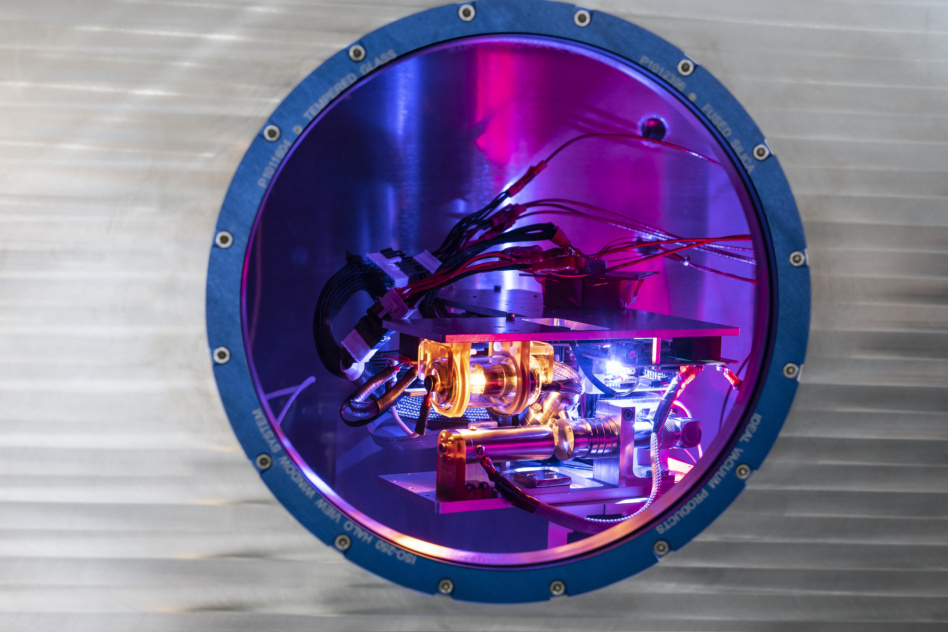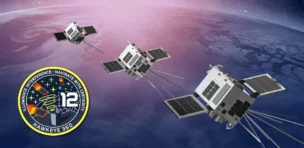Asteroid mining startup AstroForge successfully conducted a hot fire test of its Brokkr-2 surveyor spacecraft—a key milestone towards its scheduled Q1 2024 launch.
The 100-kg Brokkr-2 vehicle—named after a blacksmith in Nordic mythology—is scheduled to launch on a Falcon 9 as a rideshare aboard Intuitive Machines’ second lunar landing mission.
Asteroid flyby: The launch will send the spacecraft on a year-long journey to an undisclosed asteroid.
- Upon arrival, the vehicle will conduct a flyby, capturing data and 20-megapixel images as it seeks to confirm metallic riches.
- If successful, AstroForge will be the first commercial craft to operate in deep space.
Lower costs: The flyby mission will cost less than $10M. “The mission will be two orders of magnitude cheaper than anybody’s ever attempted before,” AstroForge chief Matt Gialich told Payload.
Psyche comp: Gialich cited distance, mission complexity, and risk tolerance as the reasons AstroForge was able to keep its mission costs so much lower than Psyche, NASA’s $1.4B voyage to the asteroid belt that launched last week. “There’s really no risk tolerance on a mission like Psyche. We have extreme risk tolerance. We’re not going to test it for 10 years. We’re gonna send it and see what happens,” he said.
Asteroid Mining Economics
AstroForge has its eyes on the prize: platinum-group metals in near-Earth asteroids. The long-term goal is to land on an asteroid, refine regolith on-site, and then haul the precious metals back.
While once an economically unrealistic venture, decreasing launch costs and increasing affordability of spacecraft production have created a potential viable path forward for asteroid mining.
Pirate’s treasure: AstroForge walked Payload through the *on paper* economics of asteroid mining on the Pathfinder podcast:
- Industry consumed ~$60B of platinum-group metals last year.
- These rare Earth metals cost $400 to $20,000/ounce.
- AstroForge aims to build a larger spacecraft to bring back 1,000 to 2,000 kg per mission—potentially returning $70-140M in cosmic bounty.
AstroForge still has many more milestones to check off before that business case is proven out, but all systems are go for its first major one in early 2024. The company also told Payload two additional missions are already in the works.




